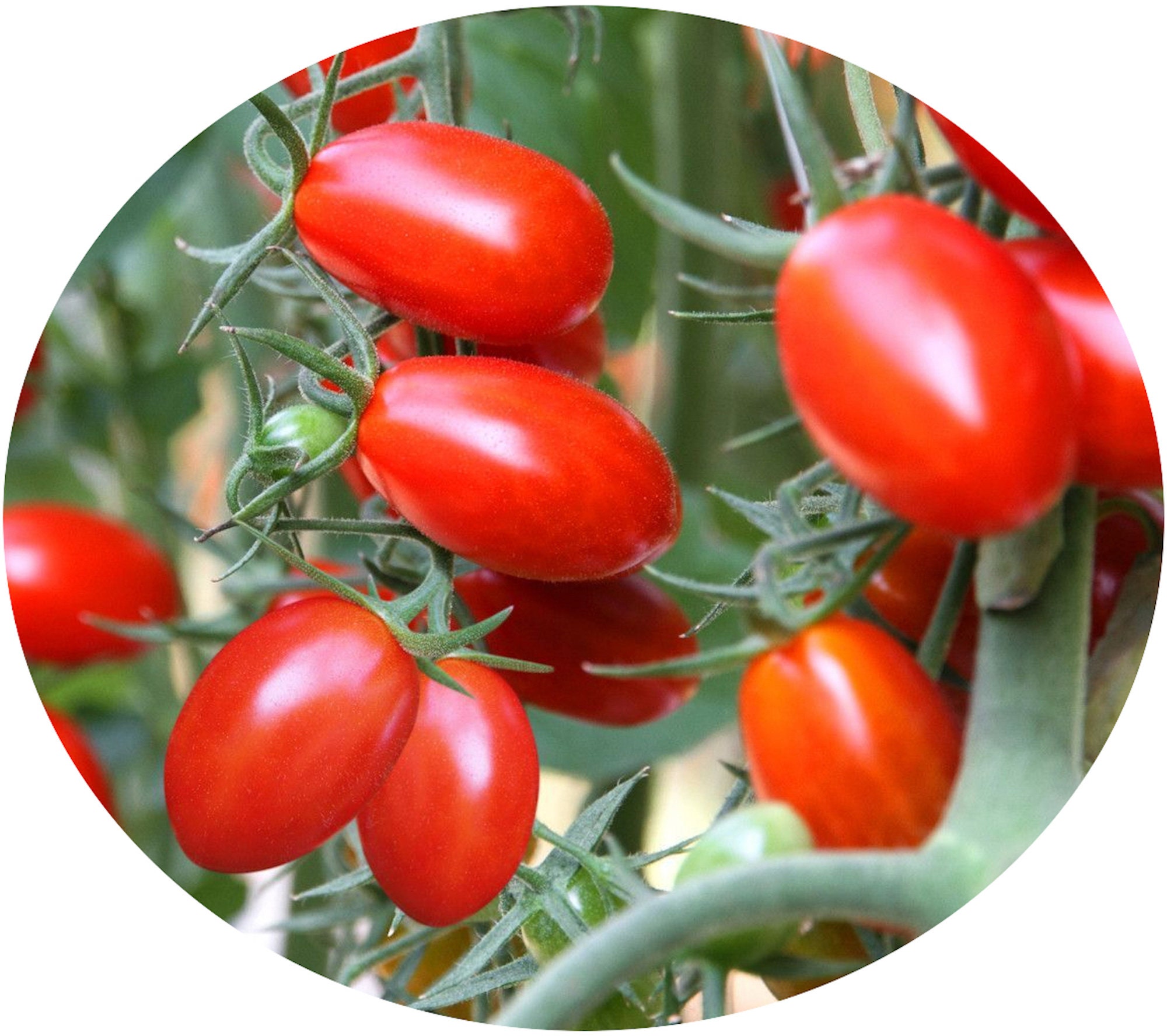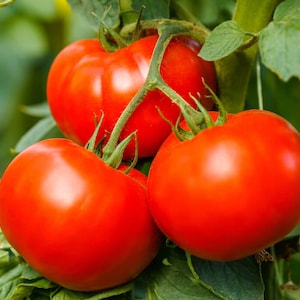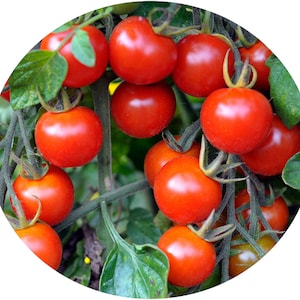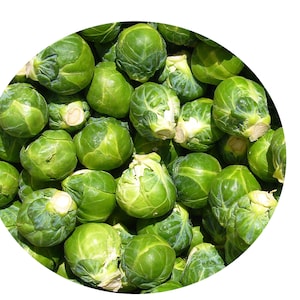
Vegetable Organic Seeds
Tomato Roma Long Seeds Non-GMO, Open Pollinated, Heirloom for Hydroponics, Aquaponics, Soil, Raised Bed,Indoor,Outdoors,In Pots. -1208
$0.77
-
DetailsIntroduction:
Tomatoes are a versatile and popular fruit that can be grown in various climates and enjoyed in a multitude of culinary creations. In this guide, we will provide step-by-step instructions on how to grow tomatoes from seeds, while also highlighting the benefits of tomatoes and their diverse culinary uses. For quality tomato seeds, visit ezyseeds, a trusted online store for gardeners. Additionally, we will include USDA zone information to help you determine the ideal time and conditions for sowing tomato seeds in your specific region.
1. Understanding Tomatoes:
Tomatoes (Solanum lycopersicum) are warm-season annual plants that belong to the nightshade family. They come in a wide range of sizes, shapes, colors, and flavors, offering endless possibilities for gardeners and cooks alike. Tomatoes are known for their rich vitamin C content, antioxidant properties, and various health benefits.
2. Choosing Tomato Varieties:
Visit ezyseeds to explore a diverse selection of tomato seeds suitable for your USDA hardiness zone. Consider factors such as fruit size (cherry, beefsteak, etc.), growth habit (determinate or indeterminate), disease resistance, and flavor profiles to select the varieties that best suit your preferences and growing conditions.
3. Determining Your USDA Hardiness Zone:
Consult the USDA Hardiness Zone Map (available at www.usda.gov) to identify your specific hardiness zone. This information will help you determine the best time to sow tomato seeds and plan your gardening schedule accordingly.
4. Sowing Tomato Seeds:
a. Start Indoors: In cooler climates, start tomato seeds indoors 6-8 weeks before the last frost date. Use seed trays or pots filled with a sterile seed-starting mix. Sow the seeds 1/4 inch (0.6 cm) deep and keep the soil consistently moist.
b. Outdoor Sowing: In warmer regions, you can sow tomato seeds directly into the ground after the last frost date when the soil has warmed up to around 60°F (15.5°C) or higher. Plant the seeds 1/4 inch (0.6 cm) deep in well-prepared soil.
5. Providing Optimal Growing Conditions:
Tomatoes thrive in full sun, requiring at least 6-8 hours of direct sunlight per day. Ensure the soil is well-drained, rich in organic matter, and slightly acidic (pH 6.0-6.8). Regularly monitor soil moisture, avoiding both overwatering and underwatering.
6. Transplanting Seedlings:
When the seedlings have developed a few sets of true leaves and all danger of frost has passed, transplant them into larger containers or the garden. Harden off the seedlings by gradually exposing them to outdoor conditions over 7-10 days before transplanting.
7. Supporting Tomato Plants:
For indeterminate varieties, provide sturdy supports such as stakes, cages, or trellises to help the plants grow upright and ensure proper airflow. This support system prevents the fruit-laden branches from touching the ground, reducing the risk of diseases.
8. Watering and Fertilizing:
Water the plants deeply and evenly, aiming to keep the soil consistently moist but not waterlogged. Mulching around the plants helps retain soil moisture and suppress weeds. Feed the plants with a balanced fertilizer according to package instructions to promote healthy growth and fruit production.
9. Pruning and Training:
Remove the suckers (the shoots that emerge from the leaf axils) to maintain a single main stem for indeterminate varieties. Pruning improves airflow, reduces disease risk, and directs energy towards fruit production. You can also train the plants to the support system as they grow.
10. Pest and Disease Management:
Regularly inspect the plants for common tomato pests such as aphids, tomato hornworms, and whiteflies. Implement appropriate pest control measures, such as organic insecticides or companion planting strategies. Monitor for diseases like blight or wilt, and take necessary actions such as crop rotation and timely treatment.
11. Harvesting and Enjoying Tomatoes:
Harvest tomatoes when they reach their mature color and are firm but slightly yielding to touch. Depending on the variety, this can range from green to red, yellow, orange, or even purple. Enjoy the fruits fresh in salads, sandwiches, or sauces, or preserve them through canning, freezing, or drying.
Conclusion:
By following these comprehensive guidelines, you can successfully grow tomatoes from seeds and experience the joy of harvesting flavorful homegrown tomatoes. Visit ezyseeds to explore a wide range of tomato seed varieties suitable for your USDA hardiness zone. Happy gardening and savoring the delicious rewards of your efforts!
Includes:
- Growing Instructions
Try Pack
- 20 seeds of Tomato Roma Long
Regular Pack
- 100 seeds of Tomato Roma Long -
Shipping & Policies
Shipping from United States
Processing time
1-2 business days
Customs and import taxes
Buyers are responsible for any customs and import taxes that may apply. I'm not responsible for delays due to customs.
Payment Options
Returns & Exchanges
I don't accept returns, exchanges, or cancellations
But please contact me if you have any problems with your order.
Privacy policy
- Order total over USD 14 will be sent with a tracking. For order less than USD 14 will be shipped economy/standard or first class 2-10 day shipping.
-Due to the nature of the seeds, we do not accept return, exchange and cancellation of orders.



